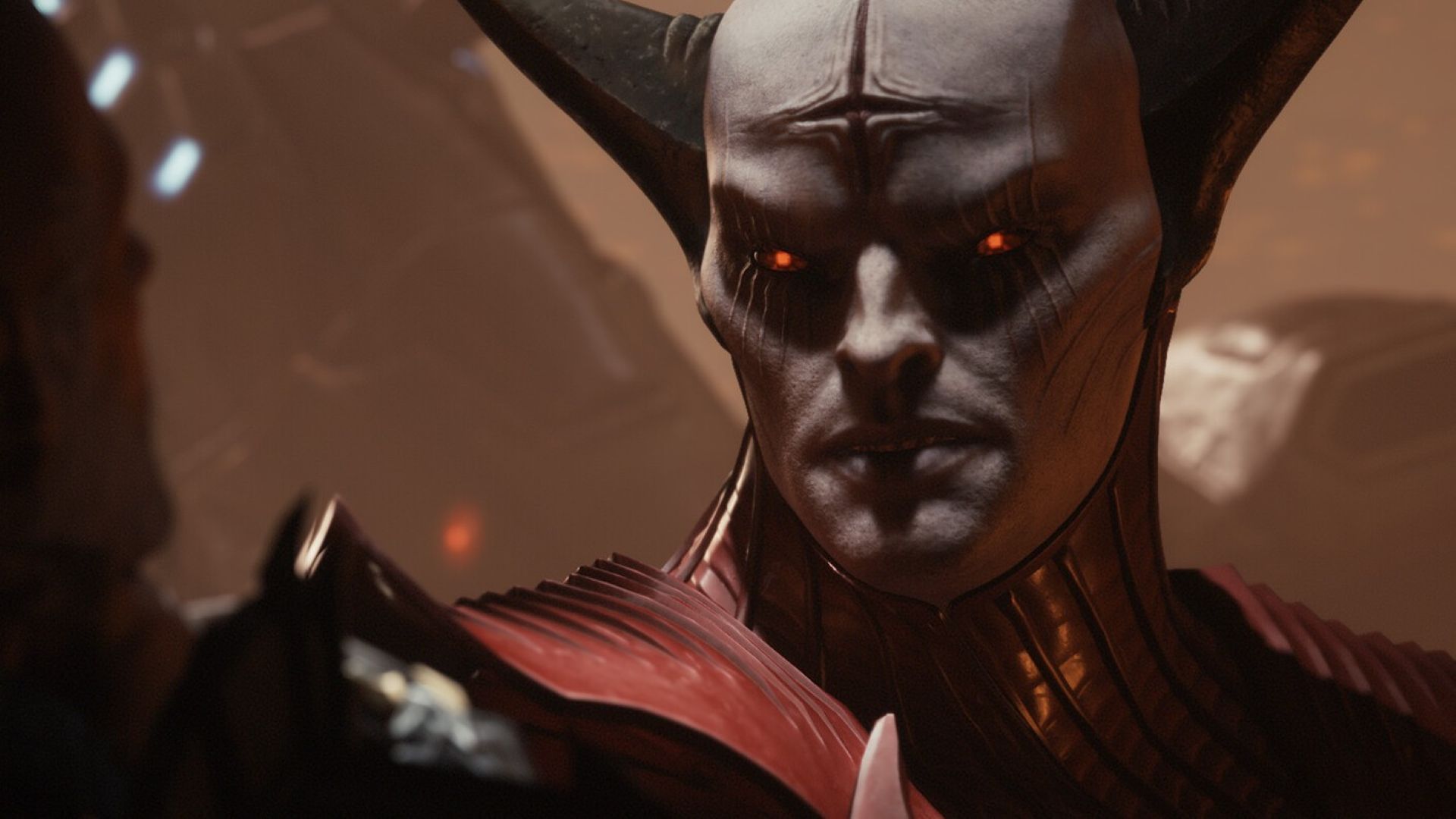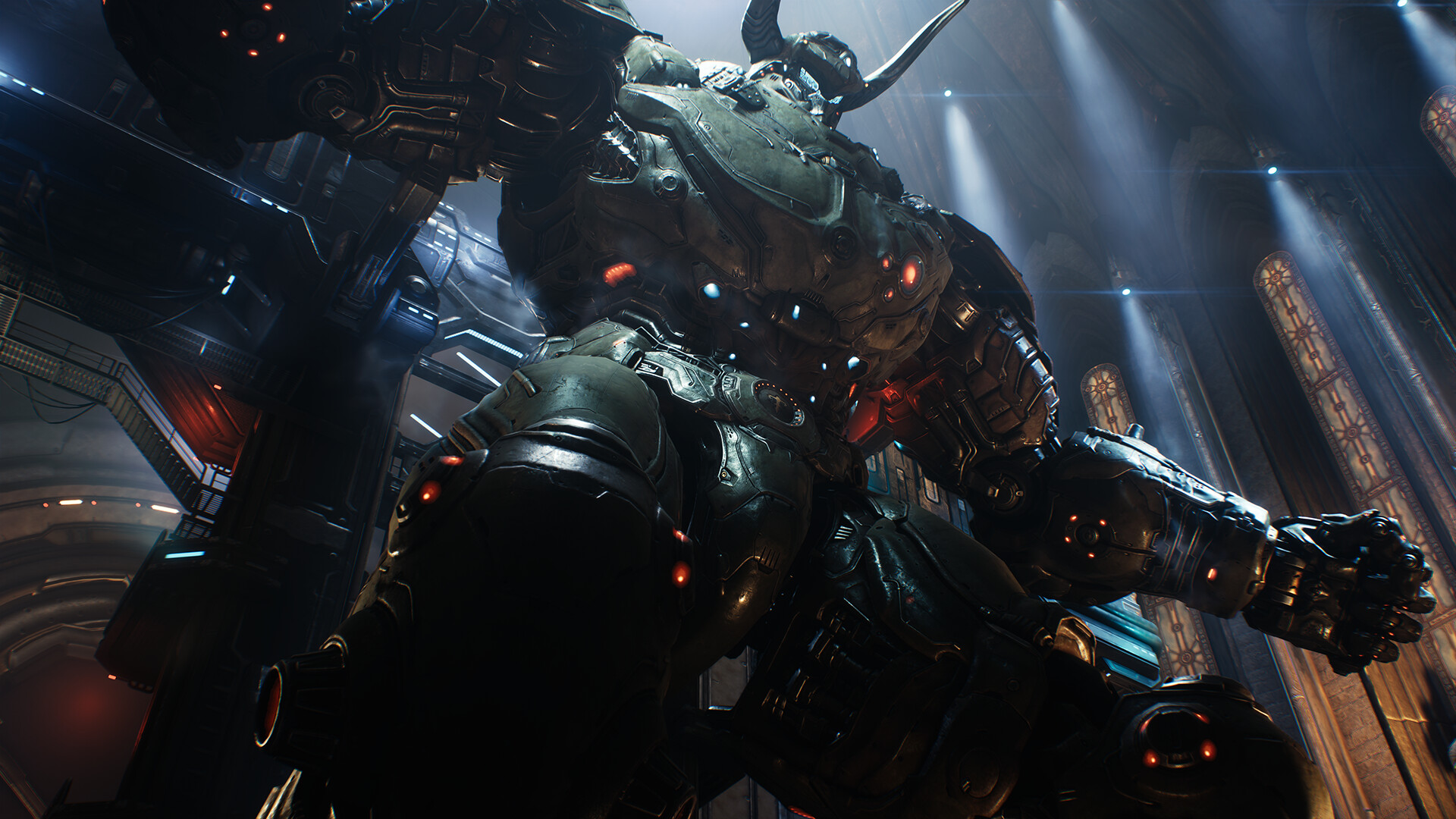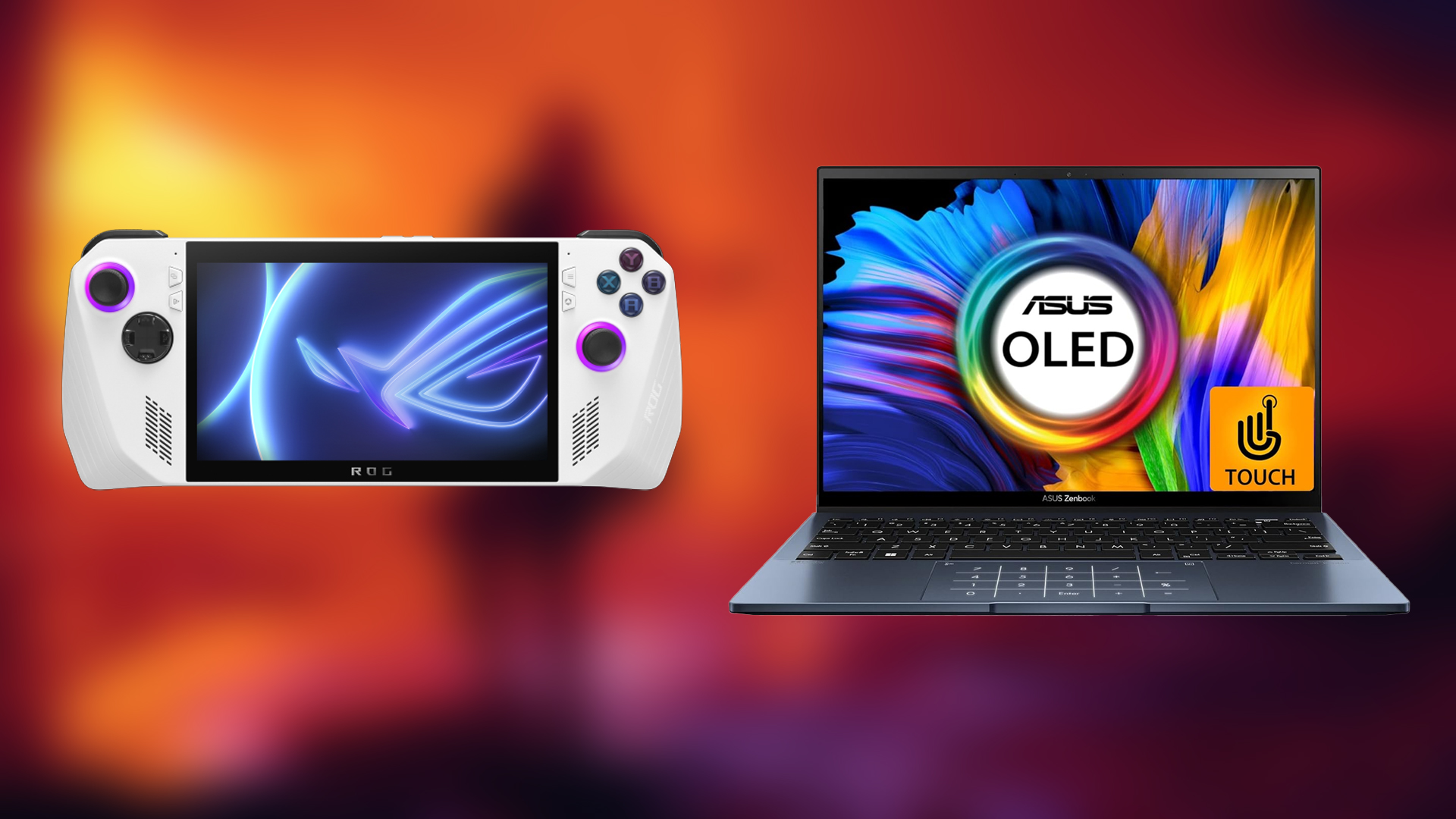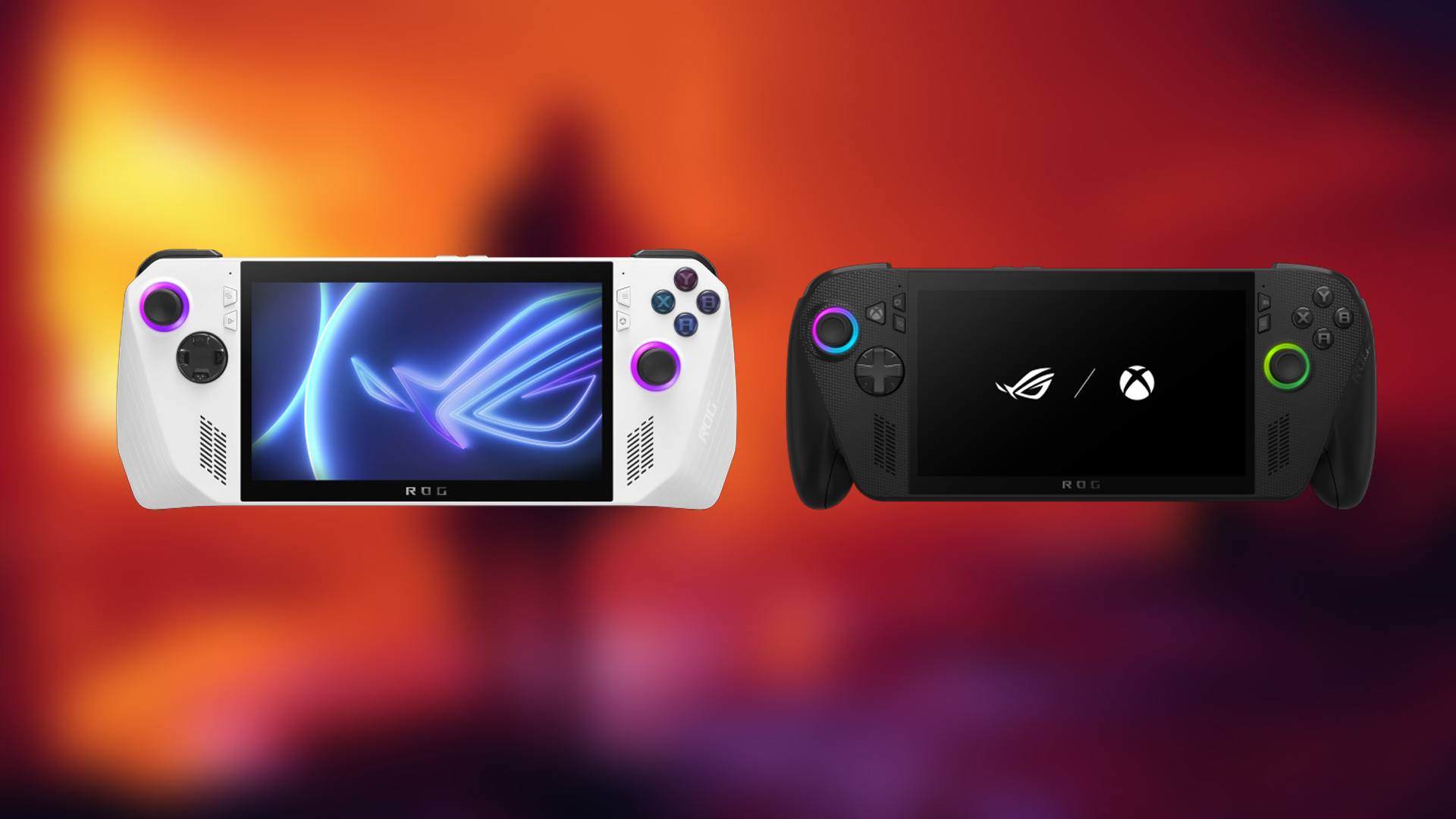Here are the best settings for Doom: The Dark Ages for RTX 5090, RTX 4090, RTX 5080, RTX 4080 Super, and more.

Doom: The Dark Ages is the prequel to Doom (2016) and Doom Eternal. This time, the slayer (the doom guy) is journeying, exploring the ancient past as the legendary warrior before becoming the Slayer we know. Dark Ages uses ray tracing as a core component of the game’s rendering pipeline, which cannot be disabled. Global Illumination, reflections, and planned path tracing in the future.
Before diving into specific configurations, it’s worth noting that the game shows minimal visual differences between most of its quality presets. Even comparing Ultra Nightmare to Low settings reveals surprisingly subtle changes. This is due to the enhancements in accuracy brought in via RT. That said, gamers with a High-end Gaming PC will find the settings below helpful.
Note: Id’s games are, as usual, butterfly optimized. But this time, RT is heavily used from the ground up. So you must pair a heavily tuned Core i7 13700K or a Ryzen 7800X3D with these GPUs to avoid bottlenecks. Your results may vary based on system configuration, cooling, and background load.
Best Settings for RTX 5090 & RTX 4090 in Doom: The Dark Ages (4K Optimized)

A Few Keynotes to Consider:
- At 4K Ultra native settings, RTX 5090 can deliver around 85–95 FPS, depending on your system’s CPU and cooling.
- With DLSS + Frame Generation, performance can exceed 250–300 FPS, depending on scene complexity and background load.
- Upscaling (DLSS) is recommended for smoother performance, especially with ray tracing enabled.
Best Settings Explored
| Setting | RTX 5090 / RTX 4090 |
| Window Mode | Fullscreen |
| Aspect Ratio | 16:9 (or your native) |
| Resolution | 3840×2160 (4K) |
| Refresh Rate | Highest available (120/144/240Hz) |
| Vertical Sync | Off (On if you see tearing) |
| Present From Compute | On |
| Resolution Scaling Mode | Off |
| Resolution Scale | 100% |
| Resolution Scaling Target FPS | N/A |
| Performance Metrics | Off (On for benchmarking) |
| Field of View | 90–100 (personal preference) |
| Chromatic Aberration | Off |
| Depth of Field | Off |
| Sharpening | Default (or personal taste) |
| Film Grain | Off |
| Upscaler | DLSS |
| DLSS Super Resolution | Quality |
| DLSS Sharpness | 0.25–0.5 (personal taste) |
| DLSS Frame Generation | On (3X for 5090, 2X for 4090) |
| FSR | Off |
| FSR Sharpness | N/A |
| FSR Frame Generation | Off |
| XeSS | Off |
| NVIDIA Reflex Mode | On |
| Overall Quality Slider | Ultra Nightmare |
| Texture Pool Size | 4096 |
| Shadow Quality | Ultra Nightmare |
| Reflections Quality | Ultra Nightmare |
| Lights Quality | Ultra Nightmare |
| Particles Quality | Ultra Nightmare |
| Decal Quality | Ultra Nightmare |
| Water Quality | Ultra Nightmare |
| Volumetrics Quality | Ultra Nightmare |
| Texture Filtering Quality | Ultra Nightmare |
| Geometric Quality | Ultra Nightmare |
| Shading Quality | Ultra Nightmare |
Best Settings for RTX 5080, RTX 4080 Super, RTX 4080 in Doom: The Dark Ages (1440p and 4K Optimized)

A Few Keynotes to Consider:
- RTX 5080 sees a significant boost from DLSS 4 with Multi-Frame Generation (MFG).
- Native 4K Ultra settings may deliver 50–60 FPS, depending on your system and thermal headroom.
- With DLSS 4 and MFG enabled, frame rates can jump to around 220–250 FPS, depending on the scene.
- Ideal for high refresh rate 4K displays when paired with a capable CPU.
- MFG is only supported for Blackwell or RTX 5000 Series; the 4000 Series will get the standard 2x Frame Gen support.
Best Settings Explored
| Setting | 1440p (QHD) | 4K (UHD) |
| Window Mode | Fullscreen | Fullscreen |
| Aspect Ratio | 16:9 (or your native) | 16:9 (or your native) |
| Resolution | 2560×1440 | 3840×2160 |
| Refresh Rate | Highest available | Highest available |
| Vertical Sync | Off (On if tearing) | Off (On if tearing) |
| Present From Compute | On | On |
| Resolution Scaling Mode | Off | Off |
| Resolution Scale | 100% | 100% |
| Resolution Scaling Target FPS | N/A | N/A |
| Performance Metrics | Off (On for benchmarking) | Off (On for benchmarking) |
| Field of View | 90–100 (personal preference) | 90–100 (personal preference) |
| Chromatic Aberration | Off | Off |
| Depth of Field | Off | Off |
| Sharpening | Default (or personal taste) | Default (or personal taste) |
| Film Grain | Off | Off |
| Upscaler | DLSS | DLSS |
| DLSS Super Resolution | Quality | Quality (Balanced if aiming for 120–144 FPS) |
| DLSS Sharpness | 0.3–0.5 (personal preference) | 0.3–0.5 (personal preference) |
| DLSS Frame Generation | On — 2X (3X if stable on 5080) | On — 2X (3X if stable on 5080) |
| FSR | Off | Off |
| FSR Sharpness | N/A | N/A |
| FSR Frame Generation | Off | Off |
| XeSS | Off | Off |
| NVIDIA Reflex Mode | On | On |
| Overall Quality Slider | Ultra | Ultra (Nightmare if using aggressive DLSS + FG) |
| Texture Pool Size | 2048–3072 | 3072 (reduce to 2048 if VRAM exceeds 15.5GB) |
| Shadow Quality | Ultra | Ultra |
| Reflections Quality | Ultra | Ultra |
| Lights Quality | Ultra | High (Ultra if VRAM allows, alongside MFG for 5080) |
| Particles Quality | Ultra | Ultra |
| Decal Quality | Ultra | Ultra |
| Water Quality | Ultra | Ultra |
| Volumetrics Quality | High | High (Ultra for 5080 if no stuttering) |
| Texture Filtering Quality | Ultra | Ultra |
| Geometric Quality | Ultra | Ultra |
| Shading Quality | Ultra | Ultra |
Best Settings for RX 9070 XT, RX 7900 XTX in Doom: The Dark Ages (1440p and 4K Optimized)

A Few Keynotes to Consider:
- FSR 4 is officially supported for RX 9070 XT in Doom: The Dark Ages with the latest Adrenalin 25.5.1 driver
- FSR 4 is recommended for RX 9070 XT. It offers improved image quality and performance over FSR 3.1 and provides a resolution close to the DLSS CNN model.
- FSR 3.1 does a decent job for the 7900 XTX.
- ID’s games since 2016 have scaled nicely with AMD GPUs.
Best Settings Explored
| Setting | 1440p (QHD) – 7900 XTX/9070 XT | 4K (UHD) – 7900 XTX/9070 XT |
| Window Mode | Fullscreen | Fullscreen |
| Aspect Ratio | 16:9 (or your native) | 16:9 (or your native) |
| Resolution | 2560×1440 | 3840×2160 |
| Refresh Rate | Highest available | Highest available |
| Vertical Sync | Off (On if tearing) | Off (On if tearing) |
| Present From Compute | On | On |
| Resolution Scaling Mode | Off | Off |
| Resolution Scale | 100% | 100% |
| Resolution Scaling Target FPS | N/A | N/A |
| Performance Metrics | Off (On for benchmarking) | Off (On for benchmarking) |
| Field of View | 90–100 (personal preference) | 90–100 (personal preference) |
| Chromatic Aberration | Off | Off |
| Depth of Field | Off | Off |
| Sharpening | Default (or personal taste) | Default (or personal taste) |
| Film Grain | Off | Off |
| Upscaler | FSR 4 (from AMD App) for 9070 XT, FSR 3 for XTX | FSR 4 (from AMD App) for 9070 XT, FSR 3 for XTX |
| FSR Quality Mode | Quality | Quality (Balanced if FPS <60) |
| FSR Sharpness | 0.3–0.5 (personal preference) | 0.3–0.5 (personal preference) |
| FSR Frame Generation | On (if smooth, else Off) | On (if smooth, else Off) |
| DLSS | Off | Off |
| DLSS Frame Generation | Off | Off |
| XeSS | Off | Off |
| NVIDIA Reflex Mode | N/A | N/A |
| Overall Quality Slider | Ultra | Ultra (Ultra Nightmare if VRAM allows) |
| Texture Pool Size | 2048–3072 | 3072 (reduce to 2048 if VRAM >15.5GB) |
| Shadow Quality | Ultra | Ultra |
| Reflections Quality | Ultra | Ultra |
| Lights Quality | Ultra | High (Ultra if VRAM allows) |
| Particles Quality | Ultra | Ultra |
| Decal Quality | Ultra | Ultra |
| Water Quality | Ultra | Ultra |
| Volumetrics Quality | High | High (Ultra if no stuttering) |
| Texture Filtering Quality | Ultra | Ultra |
| Geometric Quality | Ultra | Ultra |
| Shading Quality | Ultra | Ultra |
That’s all. For today’s settings recommendation, frame rates will vary depending on your configuration, CPU, PSU, RAM, and motherboard. The results are close approximations, and your final output will differ.
Looking For More Related to Tech?
We provide the latest news and “How To’s” for Tech content. Meanwhile, you can check out the following articles related to PC GPUs, CPU and GPU comparisons, mobile phones, and more:
- 5 Best Air Coolers for CPUs in 2025
- ASUS TUF Gaming F16 Release Date, Specifications, Price, and More
- iPhone 16e vs iPhone SE (3rd Gen): Which One To Buy in 2025?
- Powerbeats Pro 2 vs AirPods Pro 2: Which One To Get in 2025
- RTX 5070 Ti vs. RTX 4070 Super: Specs, Price and More Compared
- Windows 11: How To Disable Lock Screen Widgets
 Reddit
Reddit
 Email
Email


